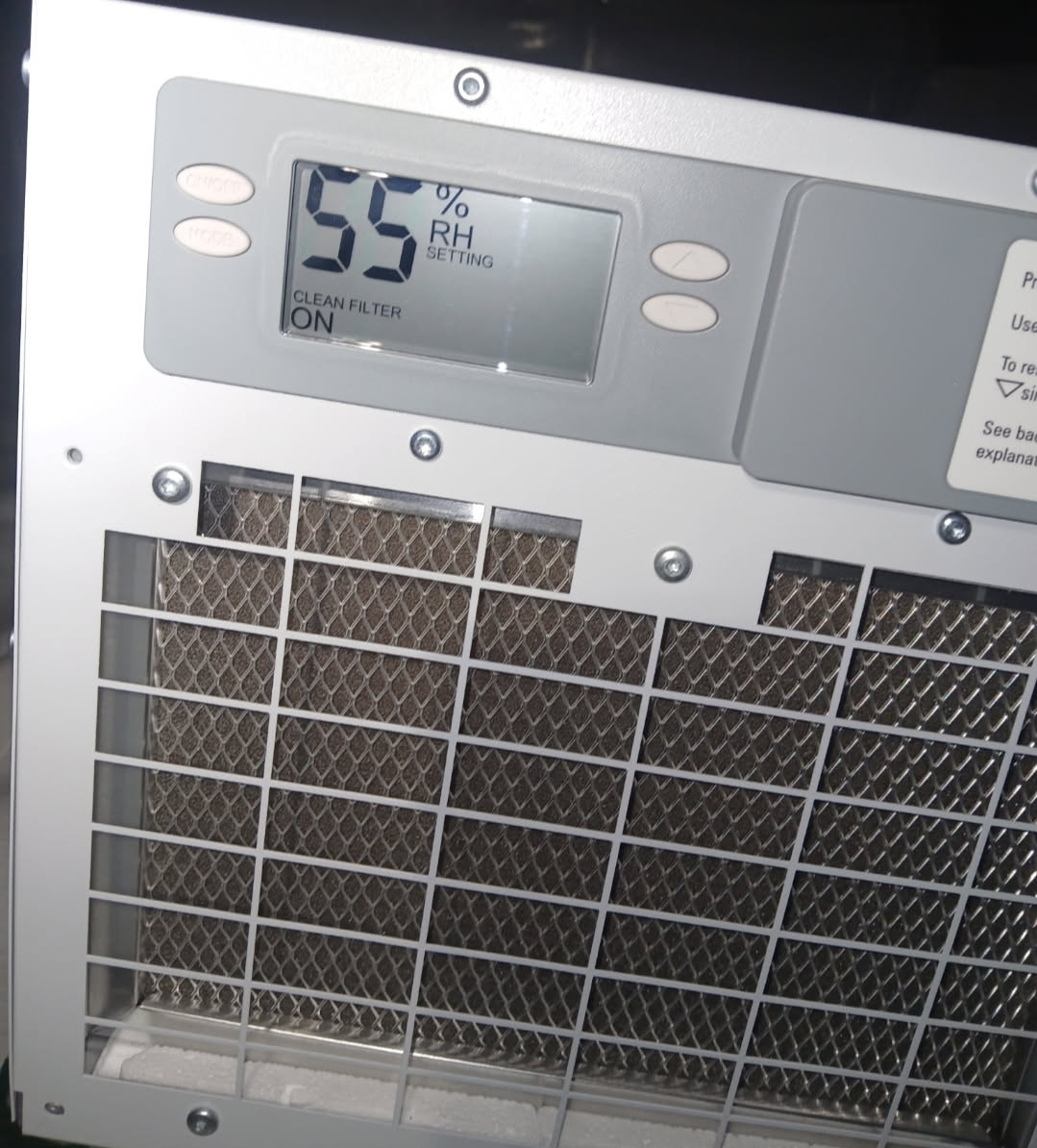
Do you know Columbus basements regularly sustain relative humidity above 60%, fostering mold growth and compromising structural integrity? Effective basement humidity control tips can safeguard indoor air quality, prevent costly repairs and promote a healthier home environment. This guide examines what drives moisture and mold in Columbus basements, evaluates leading dehumidifier and waterproofing solutions, explores advanced remediation strategies and outlines ventilation and insulation best practices. With these strategies, homeowners can achieve energy-efficient, long-term protection and virtually guaranteed mold-free basements.
Basement humidity in Columbus homes arises from a humid continental climate, inadequate drainage and limited airflow, which collectively enable mold colonies to thrive and damage building materials, promoting structural decay.
Columbus’s humid continental climate features 40 inches of annual rainfall and morning humidity often exceeding 80 percent, driving groundwater against foundation walls and seeping into basements. This persistent moisture underscores the need for effective moisture barriers.
Visible mold patches, white mineral deposits on walls, peeling paint and consistent musty odors indicate excessive humidity and water intrusion.
These warning signs reveal when to implement targeted humidity control.
Elevated humidity above 55 percent accelerates wood rot, corrodes metal components and fosters mold spore proliferation, which poses respiratory risks such as asthma and allergies. Controlling moisture preserves structural integrity and indoor air quality.
Dehumidifiers reduce relative humidity to the ideal range of 30–50 percent, eliminate musty odors and inhibit mold growth by continuously extracting water vapor from the air.
Dehumidifiers remove water vapor and filter airborne particles, reducing mold spore concentration and allergen levels. This process supports energy-efficient humidity control and enhances respiratory wellness.
Waterproofing establishes a physical barrier against soil moisture and water seepage, directly reducing basement humidity and preventing mold colonization.
Interior systems like sump pumps, vapor barriers and interior French drains intercept water before it contacts finished surfaces. These methods complement dehumidification to maintain a dry foundation.
Exterior waterproofing—including proper grading, gutter extensions and exterior French drains—becomes essential when hydrostatic pressure persists despite interior measures. Addressing water flow at the source ensures comprehensive protection.
Professional interior waterproofing typically ranges from $5,000 to $15,000, while exterior systems can range from $7,000 to $20,000 depending on soil conditions and foundation type. Transparent budgeting helps homeowners plan effective moisture control.
An integrated approach combining moisture elimination, targeted remediation and proactive maintenance offers the most reliable mold control and healthy environment.
Professional intervention is necessary when mold covers more than 10 square feet, penetrates HVAC systems or triggers persistent health symptoms. Expert remediation ensures complete spore removal and prevents recurrence.
French drains and well-maintained gutter systems divert surface and subsurface water away from foundations, lowering hydrostatic pressure and reducing basement humidity. Proper drainage complements interior measures for balanced moisture management.
Regularly inspecting dehumidifier coils, cleaning gutters, repairing foundation cracks and monitoring humidity levels on a smart meter sustain dryness and inhibit mold resurgence throughout seasonal shifts.
Proper ventilation exchanges stale, moist air with drier outside air, while insulation stabilizes surface temperatures to prevent condensation—both critical for humidity regulation and mold prevention.
Exhaust fans, fresh air ventilators and heat recovery ventilators introduce outdoor air and expel humid indoor air, promoting balanced airflow and lowering moisture. These systems improve comfort and reduce energy consumption.
Insulation applied to walls and rim joists maintains interior surfaces above dew point, preventing condensation-driven dampness. This thermal control reduces moisture-related damage and supports overall humidity management.
Columbus homeowners who implement these moisture management techniques can enjoy guaranteed mold-free basements, long-term structural protection and a healthier living environment. Partnering with a specialist in basement waterproofing, advanced dehumidification installation and professional mold remediation ensures energy-efficient solutions tailored to local conditions. Effective humidity control safeguards property value and enhances indoor air quality for every season. With the right combination of dehumidifiers, waterproofing, ventilation and insulation, a dry, resilient basement is within reach.